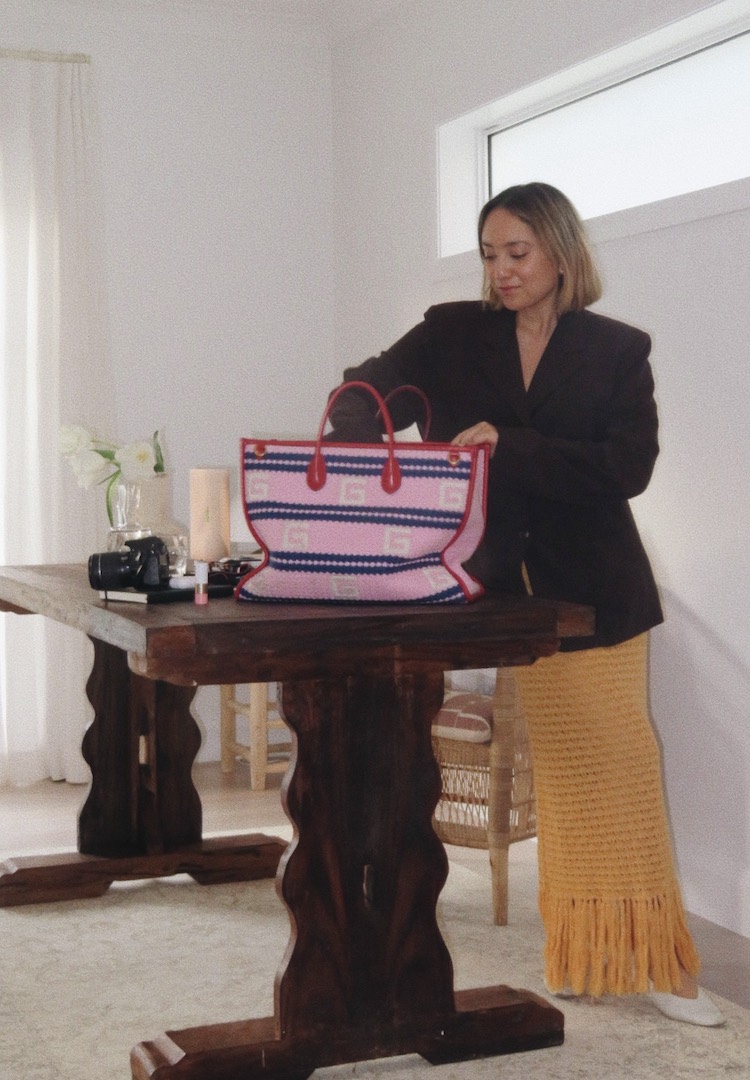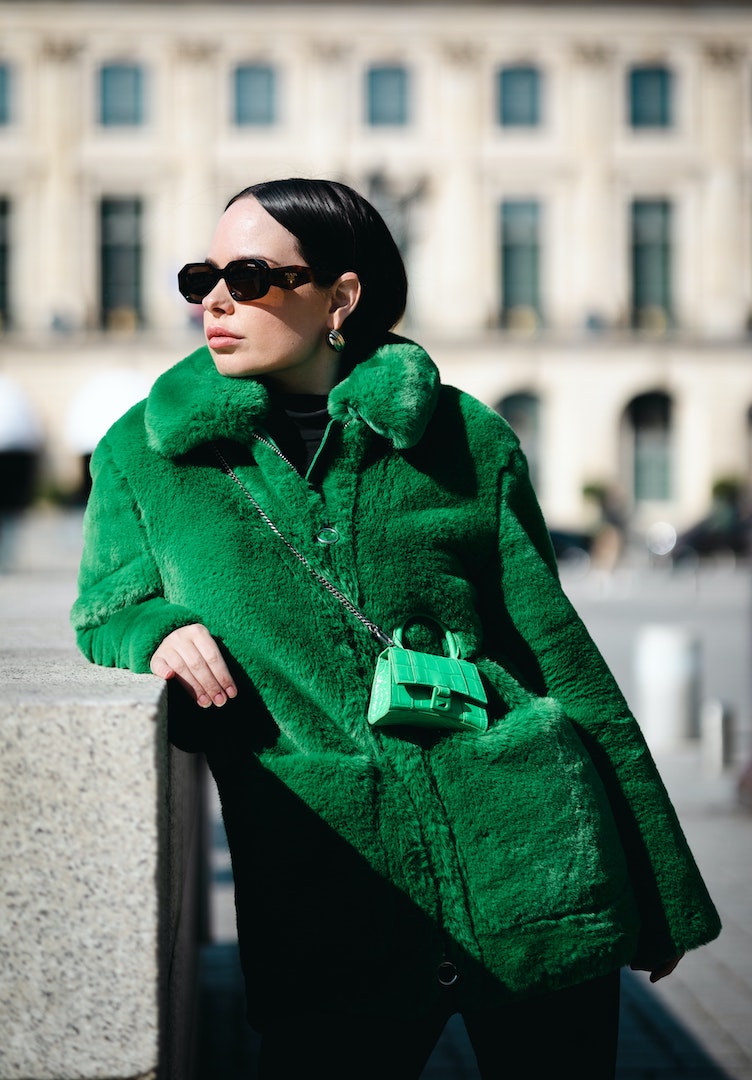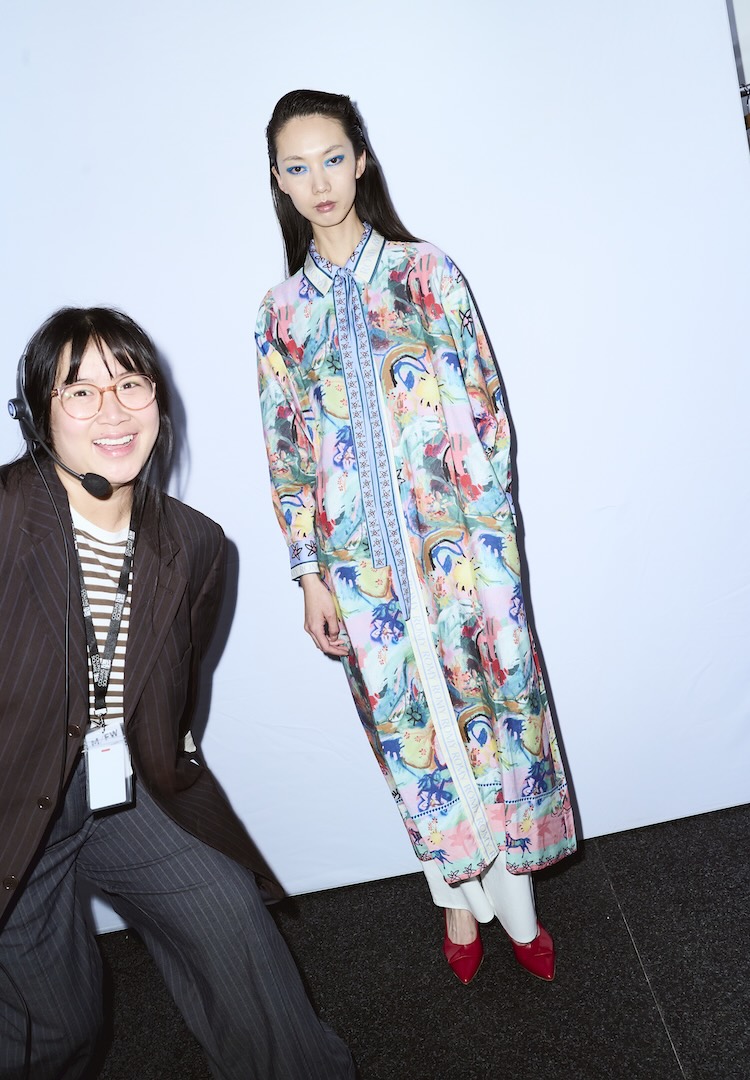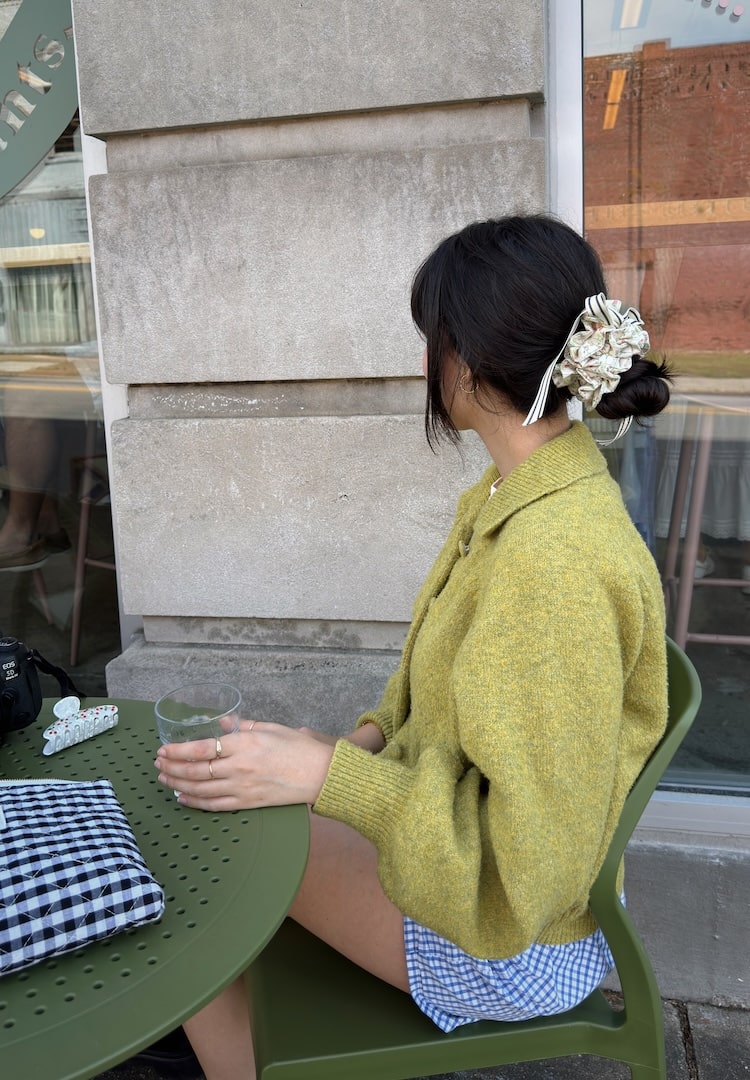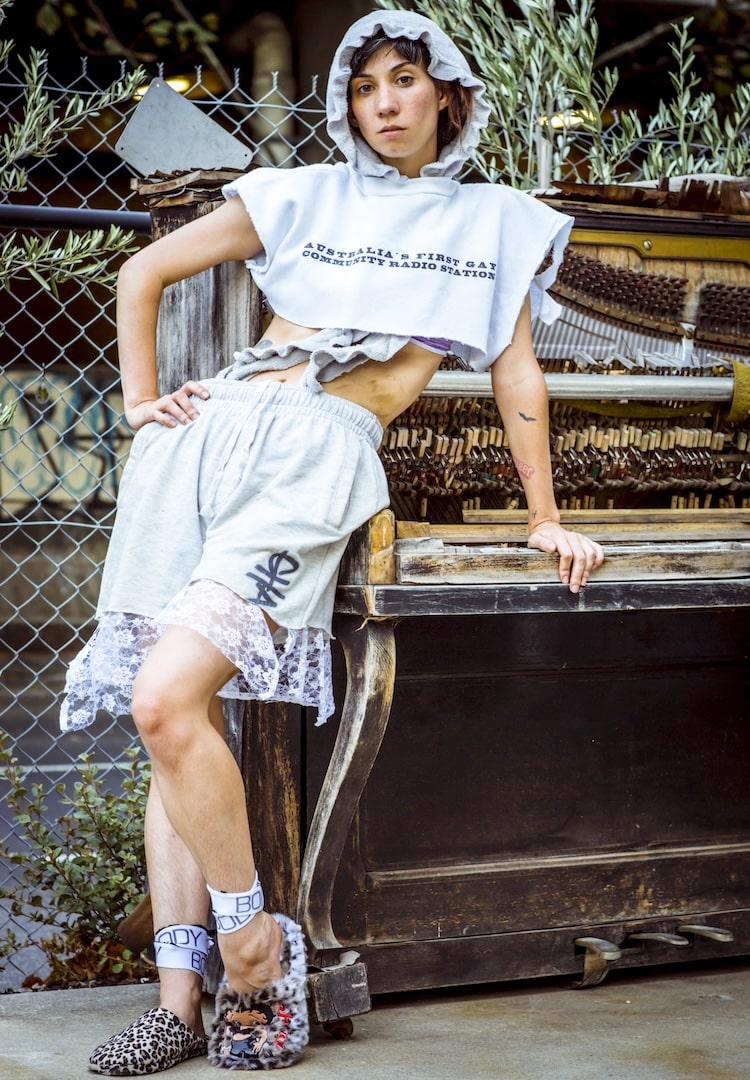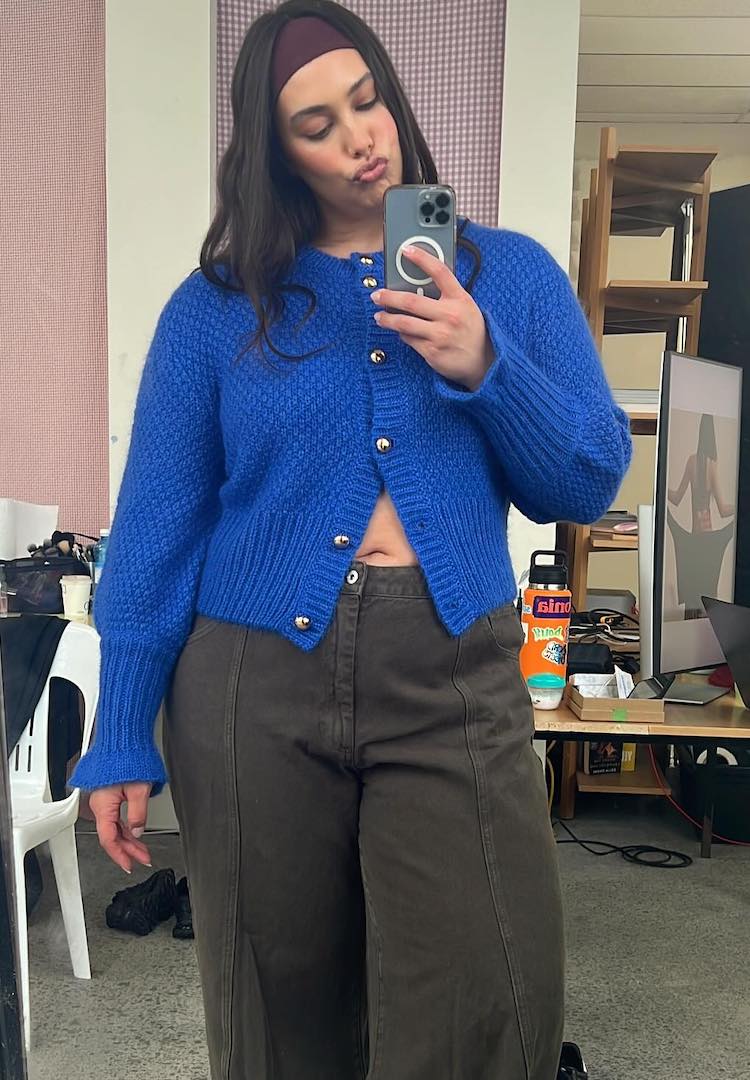Trend fatigue doesn’t stop overconsumption, here’s why
WORDS BY EMILY COOGAN
“While trend fatigue should be the ultimate antidote to overconsumption, we’ve instead made ourselves at home in an environment of excess.“
After years of runway-to-high-street induced whiplash, we’ve seemingly had enough of the countless ‘cores’. We’re rolling our eyes at each new season that attempts to find footing among the clutter and we’re exhausted at the thought of reading yet another hot take about yet another fleeting trend.
From a birdseye view, we know trend cycles are approaching oblivion as our ability to consume defies previously-understood confines. But if we’re so tired, why are we still purchasing fashion at breakneck rates?
Looking for more fashion news and features? Head to our Fashion section.
With every TikTok scroll, I’m met with formulas for capsule wardrobes, where to find investment pieces and the 19 viral products you’ll (apparently) feel empty without. Even when intentions are good, it feels like we’re battling trend fatigue by replacing it with the desire to own more clothes.
Too fast, too furious
While the phases between inspiration to clothing production were once distinguishable, fast fashion giants have created a phenomenon where nothing is trending because everything is available, unsettling the very notion of a ‘trend’.
The current landscape is paved with newness and furnished with temptation in the form of percentage signs and aspirational dupes. It’s at a point where we’re consuming clothing more than we’re consuming fashion; we crave newness more than we crave a particular trend.
Business at the front
While trend fatigue should be the ultimate antidote to overconsumption, we’ve instead made ourselves at home in an environment of excess. In particular, the phenomenon of the warehouse sale demonstrates a widespread absence of trends, replaced instead by predictable buying habits.
My social media feeds are awash with hours-long lines for cheaper than cheap clothing as brands shed excess inventory in the most appealing way: sales. While the concept is far from new and far from unproductive, we watch on as some claim discounts that leave others questioning just how a brand can part with product for such nominal prices.
In that moment, consumers don’t care whether the pieces are a season or more old. Beyond that moment, they don’t care that they might not wear the pieces more than once because they joined in on the experience and spent next to nothing on good old-fashioned dopamine. Watching such scenes makes it obvious that the business of clothing operates to bolster consumption.
We all need clothes, so we’re all susceptible to the idea that collecting clothing to no end is normal. Participating is too easy when the fashion industry is as prevalent and pervasive as it is. Fashion has become too convenient, too easy and too immediate.
One man’s trash
Around the corner from business accessibility lies the secondhand market, a booming trend in itself. We’re quick to ascribe positive labels to constant thrifting, which fosters a pick-and-choose attitude towards conscious consumption. Together, substantial thrift hauls and finger-pointing at the trend cycle have made for a lazy understanding of sustainability.
For many, purchases often end up being worn once or twice before being listed on Depop. Newness as a concept reigns supreme in a preloved beast that can deliver the same results as mass production when consumers don’t shop consciously.
Of course, overall, the concept of resale is still hugely positive, pushing circularity into the mainstream and removing the stigma of buying secondhand. But when our buying habits are unchanged, donating or reselling hardly used clothing is merely unbridled consumption with a slightly more acceptable facade.
Material girl
For every trend, an anti-trend arises and deinfluencing is, oddly, the newest face of excess. What began as a refreshing movement in opposition to mindless consumption quickly became a gateway for even more recommendations. Influencers urging us to “Buy this, not this!” co-opted the concept, neglecting the original idea that sometimes, we just don’t need to buy what’s promoted to us.
Dupes, alternatives and redirected spending are merely repackaged methods to amass possessions. There’s a senseless frenzy to it all, and unless we begin addressing the complexity of fashion purchasing behaviour, conscious shopping will continue to be an uphill battle.
The lifespan of an ideal purchase fades faster than we can ponder the difference between a micro- and macro-trend. We crave newness more than we crave trends, as what’s popular is drowned out by the noise of buy, buy, buy.
In with the new
Our understanding of ethical consumption has changed with the introduction of new concerns, but the trend cycle is no longer solely to blame. Sustainable fashion is a complex network of give and take, decision and indecision and internal dialogues of need. When we tune into those conversations, we tune out the constant badgering of temporary must-haves and similar oxymorons.
We’re at the end of our trend-driven tether, but we’re still making space in our wardrobes for more. The prescription for such a dire prognosis lies in both our collective ability to resist and a proactive reckoning against excess.
For me and my love of fashion, the secret to mindful shopping is assessing the motives that guide my consumption. Curtailing urges as they arise is my method of raging against the machine, as I refuse to cycle through my wardrobe at the speed of light.
Beyond buzzy sustainability, an ethical mindset considers the longevity of garments in terms of style, size, quality and wearability. Such ideals should extend to our habits when purchasing secondhand fashion and seasonal styles, and hopefully, we’ll collectively learn to shop with scrutiny and exercise due care.
For advice on shopping more consciously, head here.

